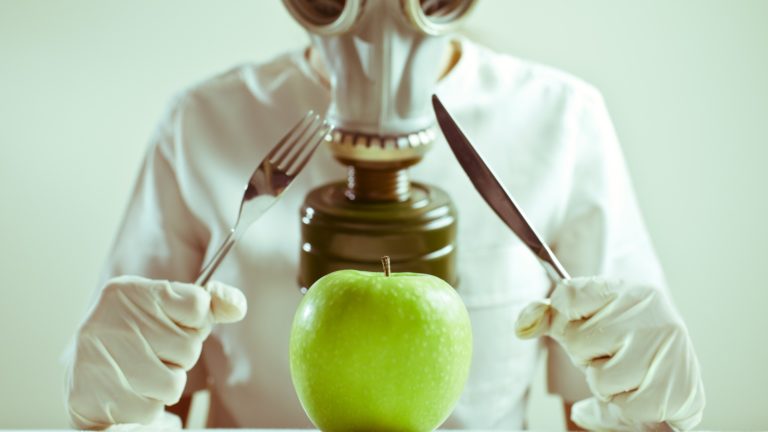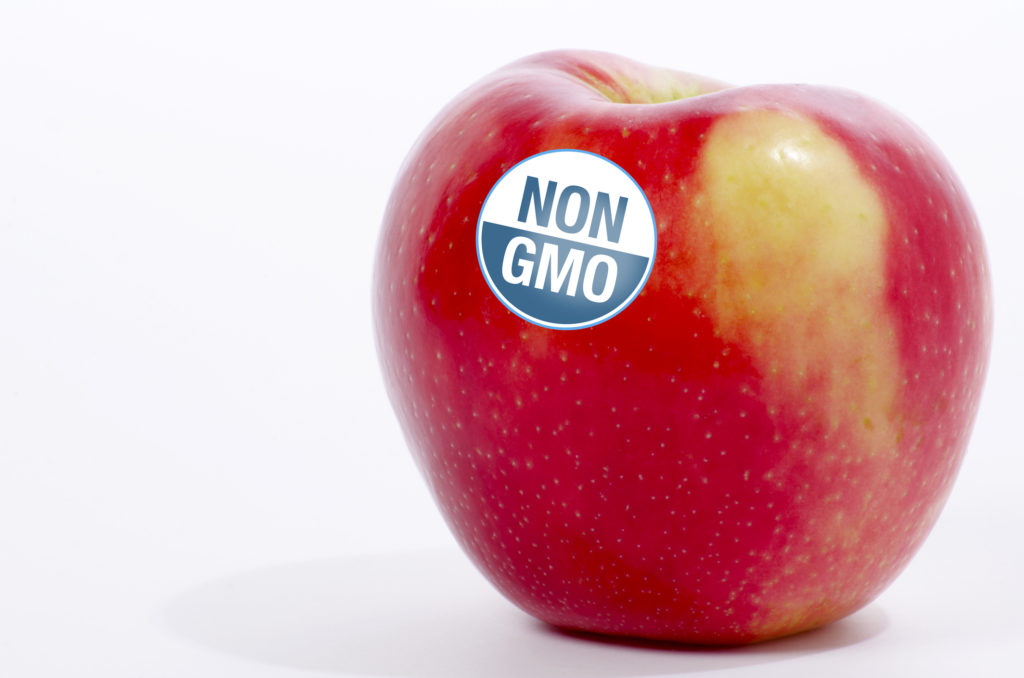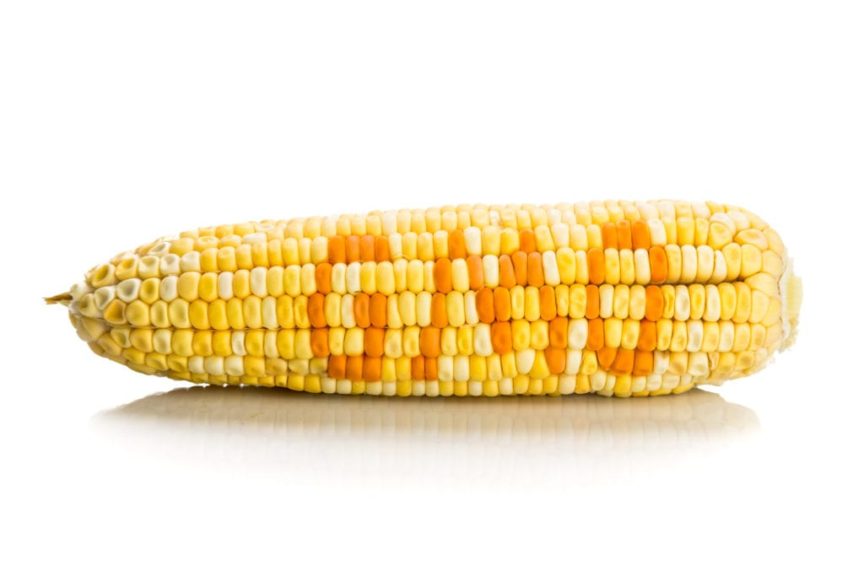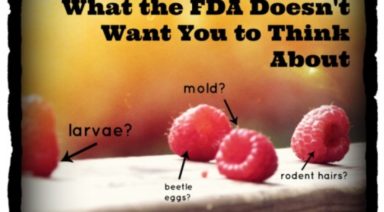How Dangerous Are GMOs?

The GMO Debate
The argument over genetically modified organisms, or GMOs, seems interminable as to whether they pose a threat for human consumption, let alone to the environment and animals. What is clear is that the issue is a cause for concern for most, to the point that the labelling of GMO foods is increasingly more common and affects consumer decisions at the supermarket.
One of the most recognized organizations in the battle to label GMO foods is The Non-GMO Project. The organization’s mission is to educate consumers by encouraging food suppliers to label all food products that contain GMOs. The end goal is to eventually change the way food is grown and eliminate GMO use by encouraging consumers to vote with their wallet.
For those who believe that GMOs are harmless, there are several arguments. One is that there is supposedly no definitive evidence of humans or animals having health issues directly caused by GMO foods. Another is that the FDA would ban GMO foods if it felt they were harmful. Others argue that there are numerous benefits to GMOs, such as higher crop yield and preventing the spread of disease.

The Institute for Responsible Technology
Jeffrey Smith, founder of the Institute for Responsible Technology and one of the biggest activists in the fight against GMOs, says he believes the consumption of genetically modified food is ostensibly dangerous. According to Smith, GMOs can lead to numerous health issues ranging from digestion issues and skin conditions to brain fog and anxiety.
Smith says that there is also evidence of an accumulation of GMO toxins that is retained in consumers that can be passed from pregnant mothers to their children, causing an array of health problems. He also attributes an increase in the rate of non-alcoholic fatty liver disease to be caused by GMOs.
World Health Organization
Studies by the World Health Organization have labeled Roundup, the pesticide sprayed on GMO crops that are herbicide resistant, as a likely carcinogen. In addition to Roundup, scientists have engineered GMO foods that are capable of producing pesticides in their growth. Smith touts a recent study that linked an increase in the growth of a protein in GMO corn that produces putracine and cadaverine, chemicals that are potentially toxic to humans.
While the WHO’s position that GM foods aren’t harmful is often cited by detractors of the anti-GMO movement, the organization doesn’t necessarily take a firm stance.
On its website regarding the safety of GM foods the WHO says, “individual GM foods and their safety should be assessed on a case-by-case basis,” and that, “it is not possible to make general statements on the safety of all GM foods.”
The website also says that outcrossing, or the migration and mixing of genes from GM crops to wild or conventional crops, “may have an indirect effect on food safety and food security.” Where this has been recognized, countries have tried to clearly separate fields of GM crops from conventional crops, however it is not completely fail-safe.

Where the WHO does take a firm stance is that it has found no signs of GMOs linked to allergies and that, “no effects on human health have been shown as the result of the consumption of such foods by the general population in the countries where they have been approved.”
Another of Smith’s main arguments is that there is a transfer of genes from GM food to human cells after consumption. According to the WHO regarding gene transfer, the probability of transfer is low. This again does not take a stance eliminating the concern completely. Smith contends that studies have shown that GMOs that are bred with pesticides poke holes in the stomach of insects and that such effects are seen with human consumption as well.
Where do you stand?
Exposing GMO Agendas with Jeffrey Smith
Genetically modified foods have become such a pervasive part of the standard American diet that it is nearly impossible to avoid them. With major lobbyists holding sway over political opinion, it seems that the ever tightening grip of “Big Ag” is set to become unbreakable.
Should We Be Hesitant to Embrace Transhumanism?

The human body has somewhere in the vicinity of 50 to 100 trillion cells, depending on who you ask. Each of these cells has .07 volts of electrical energy potential — a relatively small number you might say. But when you multiply those .07 volts times 50 to 100 trillion, you get somewhere between two and a half, to five trillion volts. We are powerhouses of electrical energy potential.
Yet for some, this potential isn’t enough. In the minds of transhumanists, the body is a work in progress — one in which we must actively improve toward some perceived ideal. In some circumstances they may be right; our bodies are not all created equally, some face deformities and defects, or aren’t built as sturdy as others, making a good argument for the need to artificially augment.
But according to researcher and author Gregg Braden, this is a slippery slope — one in which we must tread with caution while appreciating the truly high-tech construction of the biological suits we’ve found ourselves born into.
“All of the technology that is now being developed in the world around us, and I worked in the Cold War years in the defense industry, space-based lasers, ‘Star Wars’ Defense Initiative… and I have yet to this moment, seen any tech in the world around us that does not mimic what we already do in our cells, except our cells do it better,” Braden said in a recent interview with Regina Meredith on Open Minds.
With advancements in microchip technology, futurists envision a world in which we begin to work toward almost complete integration with technology and computers. Some even go so far as to believe we will one day be capable of transferring our consciousness onto a hard drive composed of microscopic silicon chips, experiencing the world through that mechanistic, binary scope of the computer — potentially allowing humans to achieve something that looks like immortality.
But this reductionist mindset of the materialist, scientific lens is incredibly arrogant, Braden said.
Firstly, science’s “hard problem of consciousness” currently limits it from understanding what exactly consciousness is and where it comes from. And secondly, would this really even be the same kind of consciousness? Can you separate consciousness from our biological nature? And if you could, why would you?
Those are the two trains of thought when it comes to the views of our advancing technology and the transhumanist movement, Braden said.
One side views it as, “If we were never supposed to learn how to achieve such a feat, why have we gotten this far?”
While the other side says, “Just because we can, doesn’t mean we should.”




































